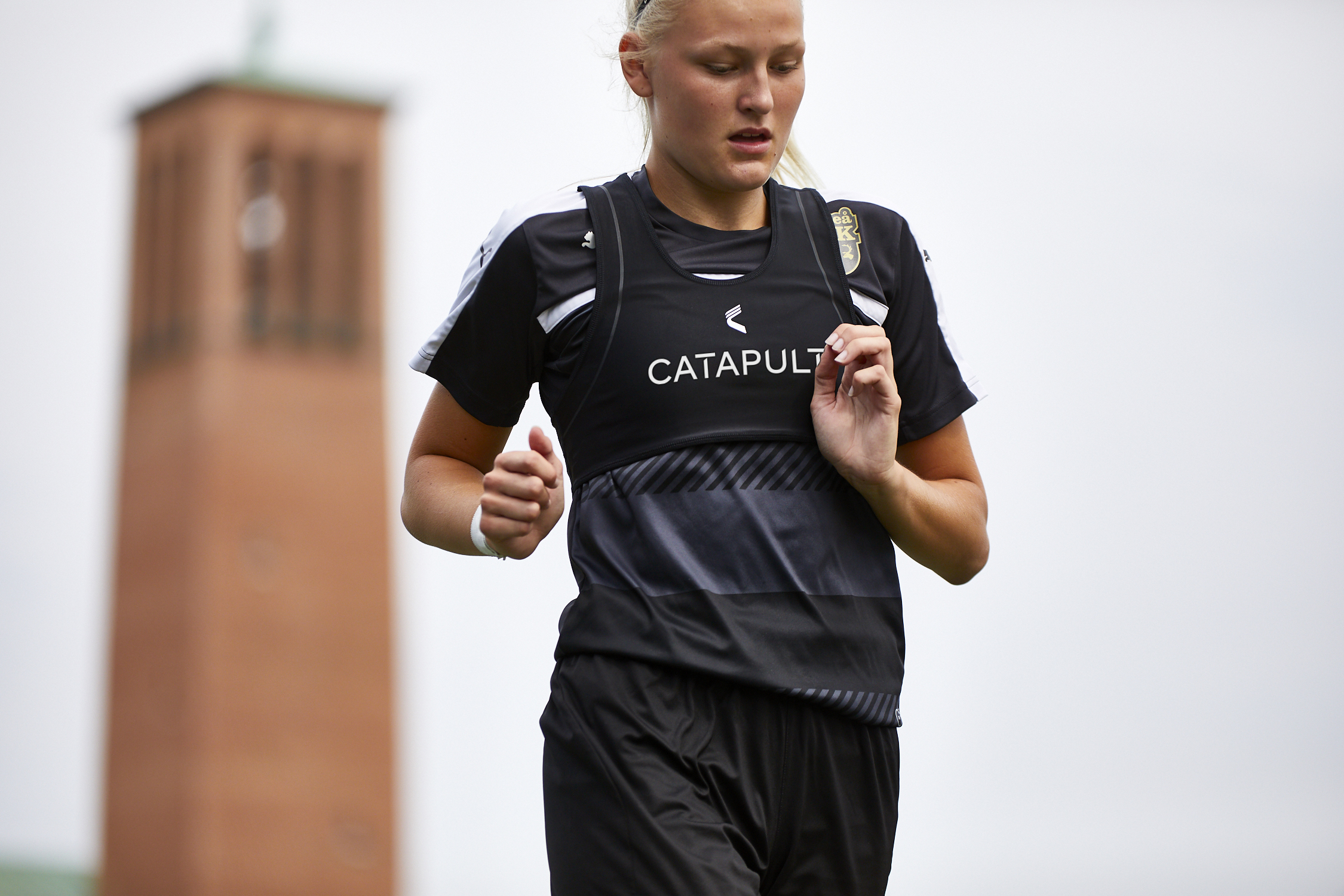How do professional soccer players avoid mid-season burnout?

The Bundesliga, La Liga and Ligue 1 have a winter break, Serie A implements two weeks of holiday in the new year while La Primeira Liga takes a recess in February and, after years of debating the pros and cons, two years ago the FA finally decided to introduce a 10-day respite ahead of the season.
The hectic Christmas and New Year fixture schedule remains unchanged but a ‘mid-season break’ in February will instead straddle a round of Premier League fixtures across two weekends and rearrange FA Cup fifth-round replays in addition to moving the original ties to midweek. The decree has been created with the aim of improving the national side’s performances at major competitions, enhance the chances of English teams competing in the Champions League and, perhaps most importantly, lowering the risk of player burnout.
But why has the Premier League taken so long to catch up with European counterparts? While tradition and broadcasting deals have in the past prevented such a move, the science behind modern football is clear: a UEFA study published in 2013 indicated that a player is four times more likely to be injured in the final three months of the Premier League season than over the same period in other European leagues. While lower levels of the football pyramid are unlikely to see a change anytime soon – the Football League’s 46-season campaign remains untouched by the FA – we’ve spoken to our resident sports scientist, Chris Barnes, on how you can avoid overloading with the secrets professional clubs have been using to address back-to-back fixtures.
Recovery Exercise
We know the post-match feeling: hallow calves, tight hamstrings and aching quads. The last thing on your mind is more exercise, but if you’ve got training or another match upcoming, a light jog, easy swim or slow cycle combined with some stretching the following day is a proven remedy.
“During a football match, waste products like lactic acid build up in the muscles and every time you play your injury risk is elevated for the next 48 hours,” says Barnes. “You can aid recovery and remove these waste products by going for a 12-18 minute run the day after the game, keeping the intensity low and stretching. Non-weight-bearing exercises, such as swimming or cycling, are the best form of exercise after a heavy game as they remove waste products naturally. Use the time between your next match or training session to also engage in some recovery activities such as foam rolling, stretching, yoga or pilates – all of these will help your muscles return to their pre-game condition.”
Ice baths
No pain, no gain, right? The temptation after a difficult match may be a hot shower, but with games coming thick and fast, less than enticing sub-zero temperatures certainly have worthwhile recovery benefits. If you can’t get your hands on any ice, a cool bath will suffice – just make sure you’ve got something warm to change into.
“To help repair the small micro-tears in your muscles, and prepare for your next training session or match, sit in a cool bath for 12-15 minutes,” says Barnes. “The temperature doesn’t have to be icy, but rather cool to the touch. Cold baths act as an anti-inflammatory aid, repairs muscles and removes waste products. The benefits of cold baths far outweigh the 15 minutes of discomfort!”
Compression socks
Available to buy at most sporting shops for around $20 / £15, this specialised hosiery is the best recovery tool you’ve never heard of. Slip a pair of compression socks into your sports bag ready for when the final whistle goes to help combat aching legs and improve circulation.
“You can help your muscles recover quicker from your last game by wearing tight-fitting compression socks or tights,” reveals Barnes. “Wear them for 12 hours after the game, while putting on tight socks or tights compresses the muscles, helps remove waste products and gets rid of chemicals from the leg muscles.”
Massage
We’re not saying fork out for a massage after every match, but giving the muscles a rub down after a game is encouraged as it removes the aforementioned lactic acid which can build up after a game. If you do wish to pay for a professional to do the honours, it’s important to get the right one: a sports massage meets the physical and biomechanical needs of athletes while a myofascial release massage is gentle and sustained pressure on soft tissue restrictions.
“Try massaging your legs with oil or talc to help remove waste materials,” concludes Barnes. “Work slowly from the furthest point in the limb to the nearest for 10 minutes. You could also get a professional sports massage – these are widely advertised in sports centres or on social media. Massage is a terrific way to promote quick recovery from the demands of a game of football.”
Track, Analyse, Improve
Catapult One is a sport tracking solution that measures the core metrics to make you a better player
